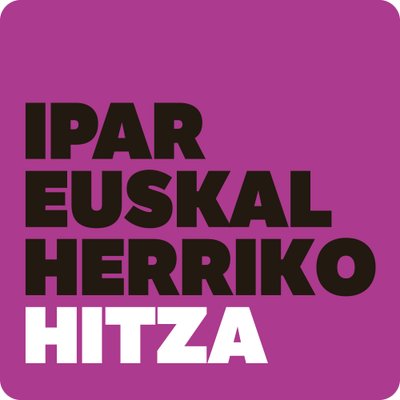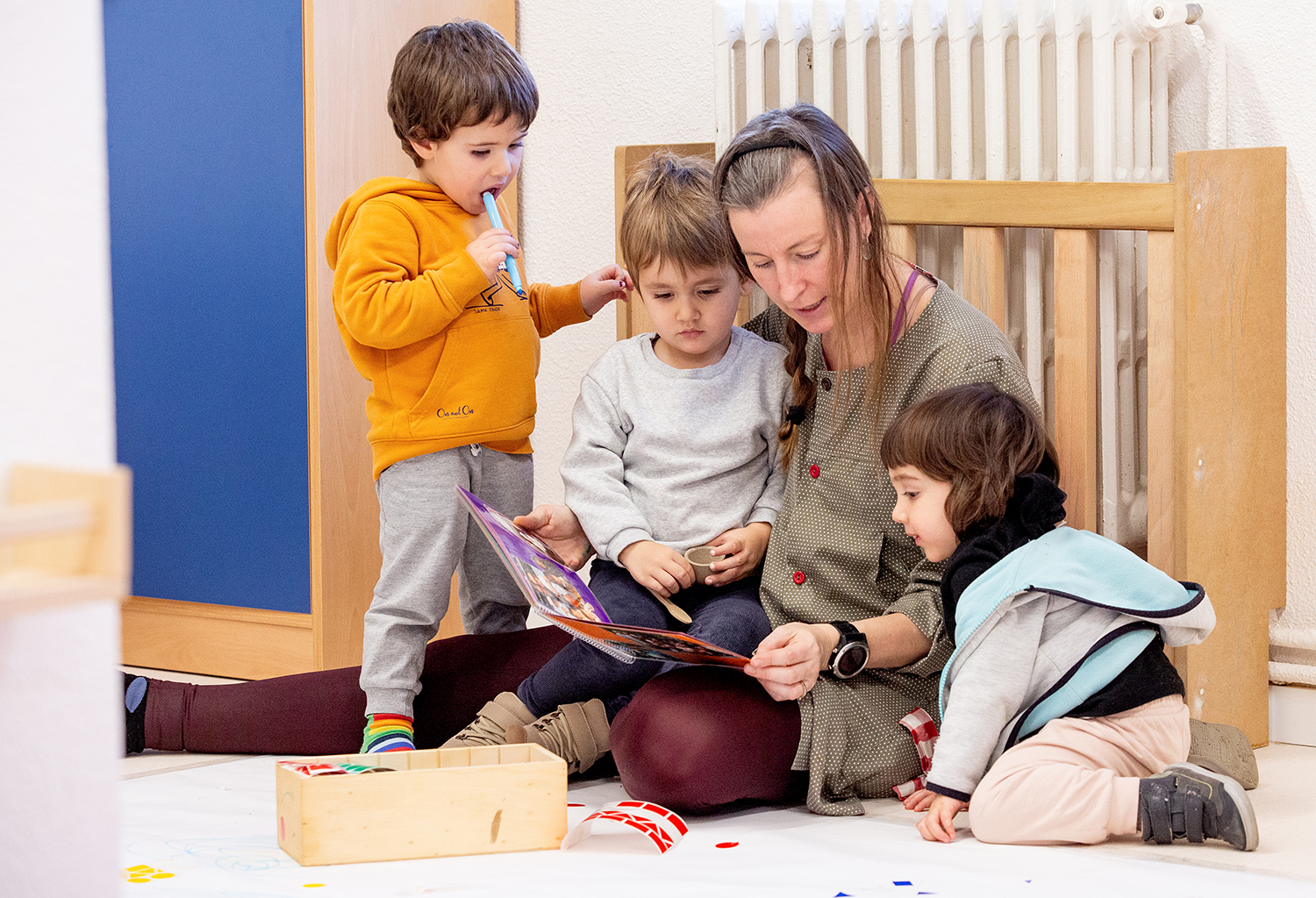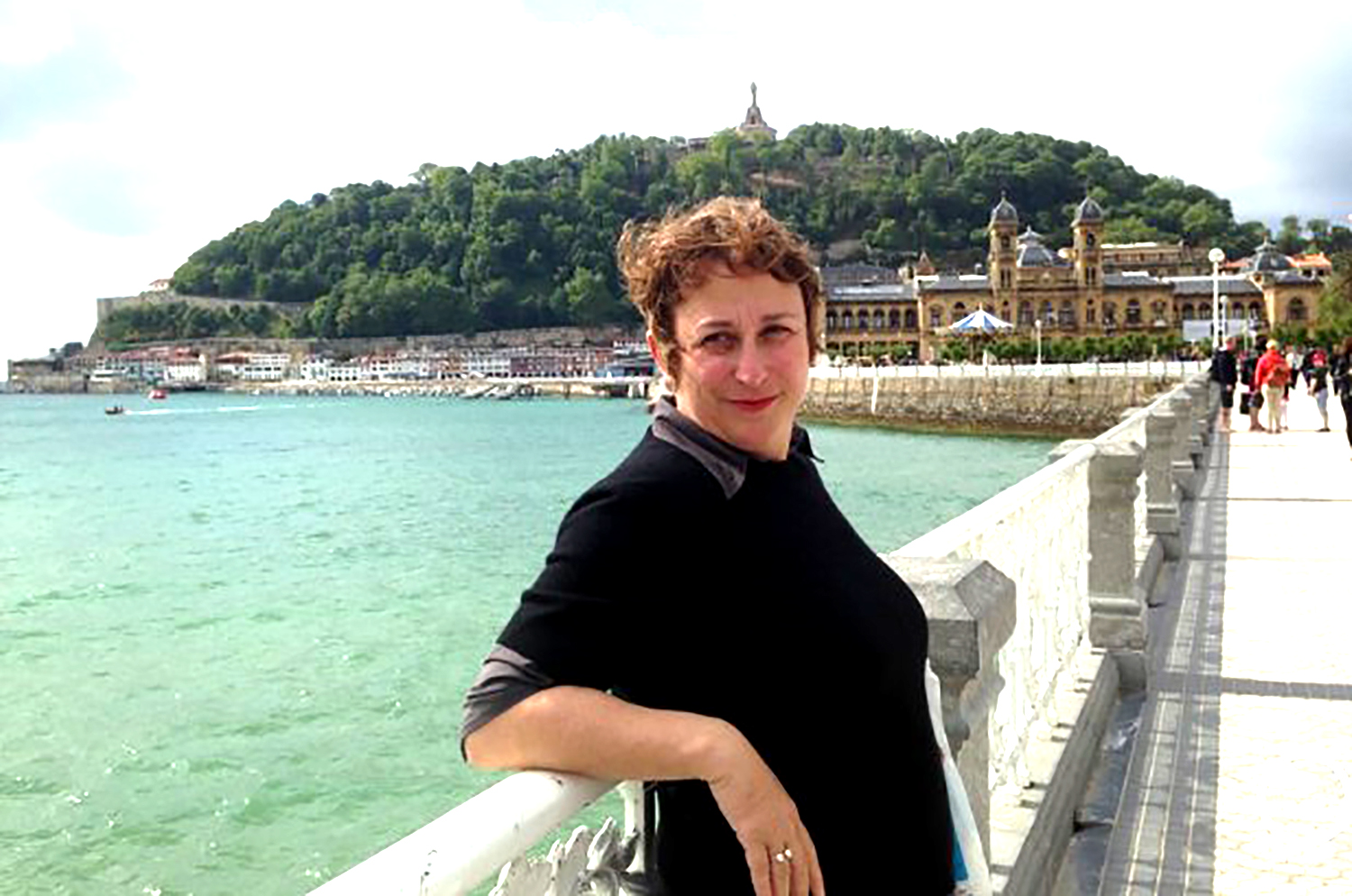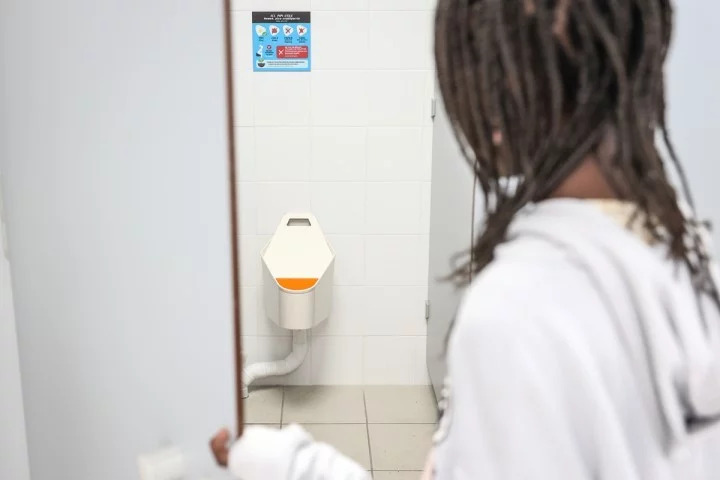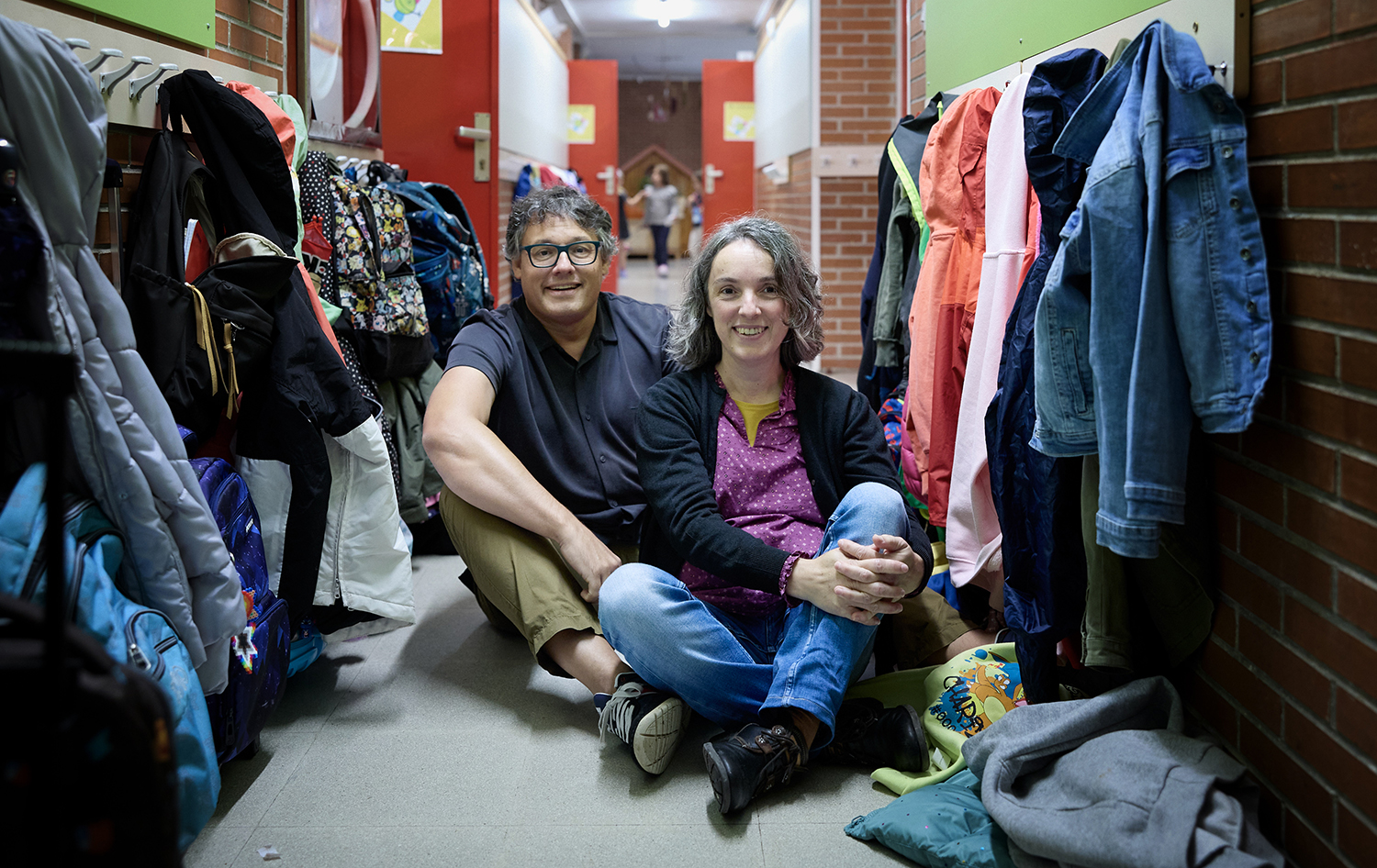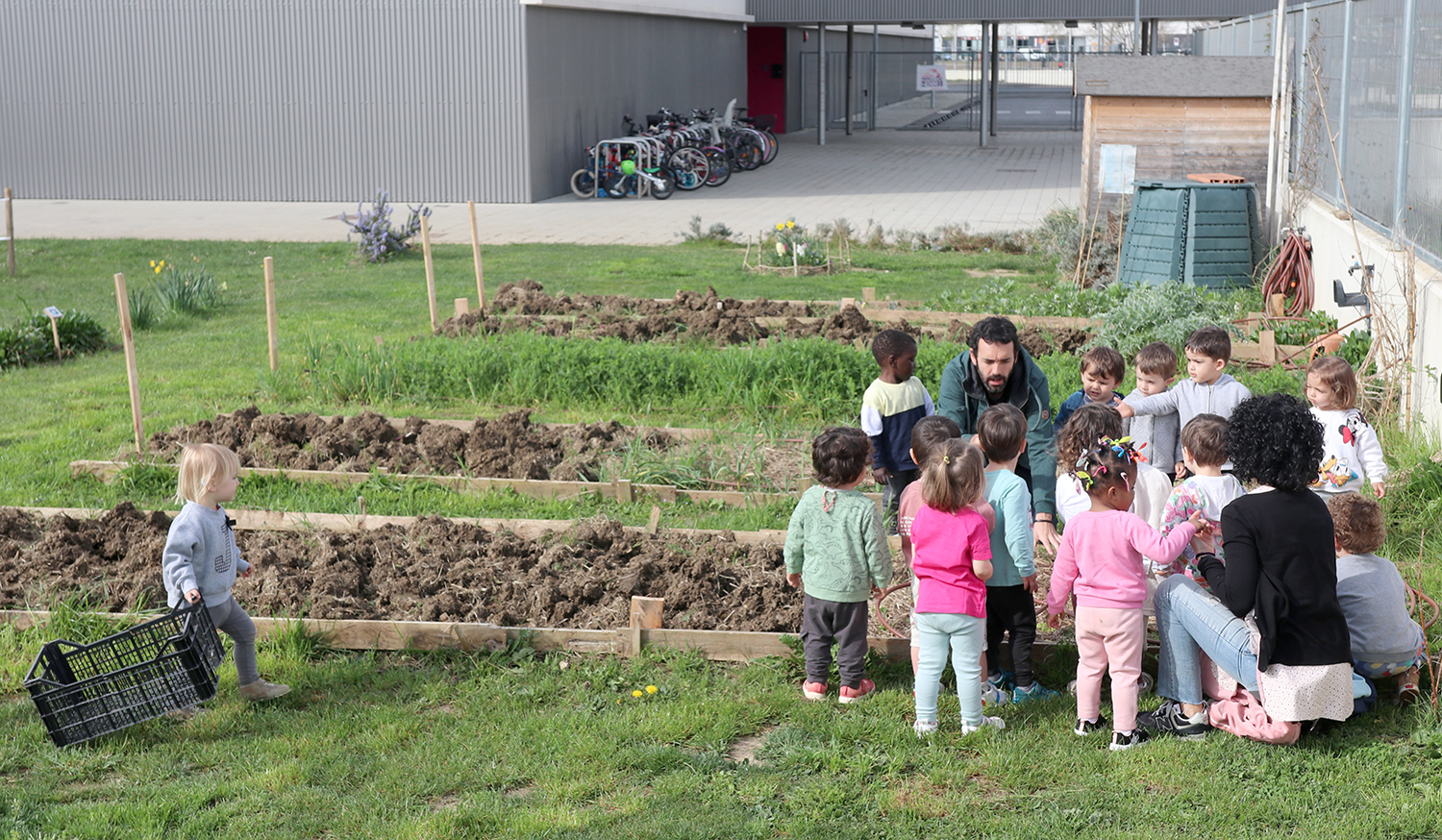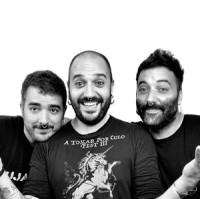School that puts the child in the center
- The Erlaitza School of Hendaia emerged in January. Montessori is an active school in Euskera that uses pedagogical material: without imposing lessons, working on motor skills and taking the child “in its totality”, without abandoning emotions.

The Erlaitza School of Hendaia emerged in January. In this post you have ten children, and you have reached the corner of another January. With the pedagogical material Montessori, the presentation on the school website says that in this “active school” is established “the child at the center of pedagogy”. Maitexa, carrier of the Aintzi project, her parents and professor of Erlaitz, summarizes: “We want to bring our drop of water. Like each and every one of us, we want to carry out our transformation on an educational level.”
He had made two previous attempts, one in Etxalar (Navarra) and one in Sara. But “the projects were not sufficiently consolidated, we didn’t have that box set or regulated, where we wanted to go or how to work,” says Aintzi. They emerged from the associative experience “legally” with the Erlaitza School of Hendaya.
The pedagogical framework is set out in the Cornisa as in other experiences: it is in the hands of the professor, since in the other attempts it became clear that not all the participants were carried out to the same extent in their educational reflections. “But parents have their freedom and place in this project,” Aintzi stresses: like the two teachers, parents are also committed to training in non-violent communication so that the environment is not different at school and at home.
Active school
In citing sources of reference or inspiration, Aintzi highlights, on the one hand, Rebecca Wild, a German pedagogue who in the 1970s founded an active school in Ecuador in a mixture of Montessori and Freinet methods. On the other hand, French author Bernard Collot of the third class school book (in French L’école du 3ème type), more focused on the Freinet method.
Maitexa Aintzi describes his partner more as a “travelling companion” than as a teacher: “We put ourselves in and we are often in an observation process. This is how we know what a child is and what he or she needs more or less.” They do not impose lessons on them, but propose them depending on the moment: “In particular, throughout the day we approach the child and, when we see him ready, we tell him: ‘I have that workshop, or that game, what do you say? '”.
With the material Montessori give special importance to the period of motor skills and when it is “centered”, they propose the possibility of entering an academic subject. They take into account the different research done with boys and girls of the cornical age (between 3 and 11 years), who say that it is best internalized learning to play with the body: “It has been investigated that if a child moves, that movement will better enter the lessons.”
Emotional work is another important aspect of this pedagogy. Asked about the comparisons with the traditional school model, the companion goes into the explanations of the chosen path: “For me, emotional work is fundamental, because relationship is the center of our work. That has been forgotten in the other model.” Aintzi refers to a call he made every week: he shares with another professor who is in the classic model “something that has moved us emotionally to see where our needs have not been met”. He says that thanks to this work, he helps children to “not be reactive” in certain situations. “Change your way of being with children and how you welcome their emotions; work is very profound and for me indispensable.”
On the same planet
Maitexa Aintzi also refers to the presence of external pressure: “We don’t live on another planet. Parents can express fears, and of course, we have that pressure. We know that our children will be compared, that in a moment traditional systems will come in.” Thus, like boys and girls from other schools, 7 year old boys and girls from Erlaitz also work in reading. With a difference: “It’s not hard for them to work on reading. They know the sense that it has to read: grow, communicate, delight. We take great care of that pleasure.” Some children, after school, will stay in school, but you can't say it.
The Cornisa does not have a contract with National Education and, therefore, cannot count on the help of the State, but rather on that of a foundation that collaborates with these schools. But not enough to ensure a decent wage for the workers. “But our goal was not to create an elitist project; we wanted the ones we wanted to get closer to us,” and, as Aintzi adds, “parents pay EUR 200 a month; in Montessori schools they pay between EUR 400 and EUR 500, and in concerted schools the cost is EUR 700 per child, paid with tax on everyone,” she explains. However, with twenty children, the workers of Erlaitz would have a living wage, according to their words.
Money is not, therefore, motivation, if there was any doubt. Children’s creativity, on the contrary, are especially attached: for example, they never make photocopies for coloring, since “the drawing that has come from the child is very important.” Nature also has a great space, as they spend at least one day a week in the jungle or on the rocks on the coast.
In the game, no fighting. “Because the relationship is basic,” cooperative games are a priority, as they have been studied “they serve to work communication in the brain with the other.”
In the current educational system, we must rethink the school paradigm. Discard the traditional approach based on penal measures and question the effectiveness and ethics of some practices used for a long time as an instrument to maintain the order and discipline of students:... [+]



